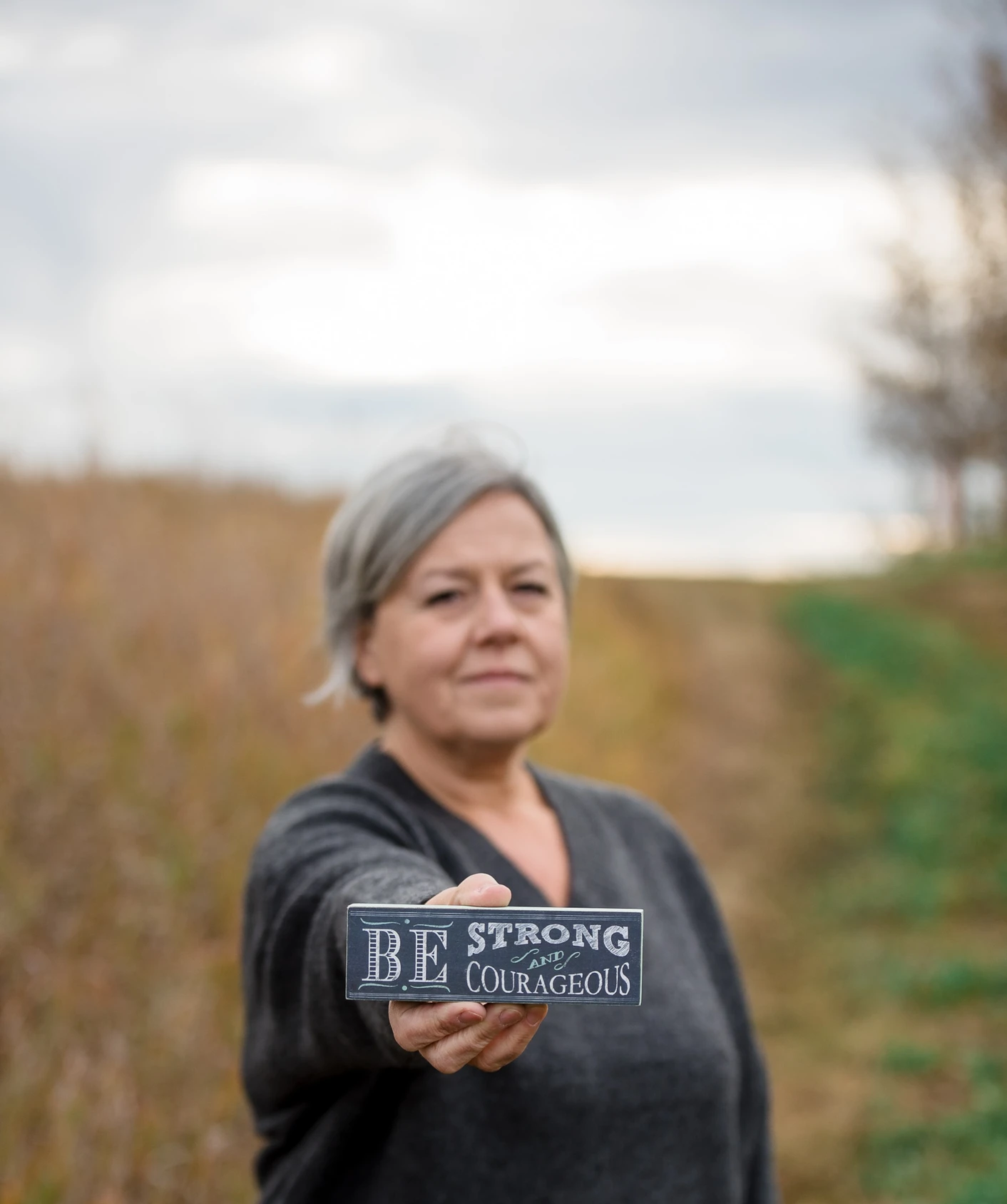The Truth about Strength
May 09, 2025
The interesting thing about my life is that I spent the first 50 years selling strength as my best feature. You name it , I could do it. I spent large portions of my time here on earth proving that I was brighter, faster and more educated. That success was seductive because every time I proved myself I became less interested in what was really going on inside of me. I layered on the myth of power like a suit of armor hiding the pain that raged deep within.
Emotional suppression is like wearing armor that was forged in childhood—heavy, protective, built for survival. At first, it kept you safe, shielding you from the wounds that life threatened to inflict. But as the years pass, the metal stiffens, restricting movement, weighing you down. You tell yourself you need it, that without it you are vulnerable, exposed, at risk. Yet healing is learning that you are strong enough to take it off. That beneath the layers of protection, there is something worth saving—something that deserves to feel, to breathe, to move freely. The armor may have been necessary once, but it is no longer the only way to survive.
There’s a generation of warriors who grew up knowing how to bite their tongues, mask their pain, and push forward no matter how hard life pressed against them. Raised by the echoes of toughen up, by parents who had their own wounds and no roadmap for healing, they were told that feelings were liabilities, that survival meant stuffing down sadness, grief, and anger until nothing remained but the illusion of strength.
Generation X—the latchkey kids, the quiet hustlers, the ones who had to figure it all out on their own—were handed resilience like a family heirloom. But resilience, when built on unprocessed pain, turns brittle. And now, decades later, many of them find themselves struggling to connect, struggling to cry, struggling to break free from the weight of emotional suppression that has followed them into adulthood.
If you grew up in the '70s, '80s, or early '90s, you knew the unspoken rule: emotions were meant to be managed, not expressed. The household philosophy was simple—anger made you difficult, sadness made you weak, and vulnerability made you a burden. The suck it up mentality wasn’t just an attitude; it was a survival strategy. The world reinforced the message. School rewarded obedience, not emotional intelligence. The workplace thrived on stoicism, where speaking up was a risk and showing feelings was unprofessional. Therapy? That was for people with real problems. And so, a generation learned to shelve emotions in an invisible vault, unlocking them only in private moments of solitude—if ever.
But emotional suppression doesn’t erase emotions; it stores them in the body. Research has shown that burying emotions leads to anxiety, depression, chronic stress, and even physical illness (Gross & Levenson, 1997). Unprocessed pain weakens the immune system, increases cardiovascular risk, and fuels emotional exhaustion. It damages relationships, too—when you’ve spent years denying your own feelings, connecting with others on an authentic level feels foreign. Love becomes muted, joy feels distant, anger erupts in ways that catch even you off guard. And worst of all? Many don’t even realize they’re suppressing emotions at all.
Healing doesn’t happen overnight. When you’ve spent decades avoiding your emotions, learning to feel again is uncomfortable—like stretching a muscle that hasn’t been used in years. But reclaiming emotional expression is possible, and it starts with small, intentional steps. Recognizing the patterns—pausing when shutdown mode kicks in and asking, What am I avoiding? Finding safe outlets—writing, movement, therapy, creative expression—ways to process emotions without feeling exposed or unsafe. Challenging old beliefs—learning that feeling isn’t weak, that vulnerability isn’t foolish, that emotions are not burdens but messages guiding us toward healing. Practicing vulnerability in small ways—saying I’m struggling, That hurt, I need support—without fearing rejection. Because the truth is this: Generation X was built to endure, but endurance alone isn’t living. Survival without joy isn’t the victory they deserve. The world taught them how to suppress—now, it’s time for them to teach themselves how to feel.
The first half of my life is interesting because it was filled with Fuck around and Find out moments that have brought me to this place, in this very moment. A healing community where I listen when pain speaks, I question past default behaviors and I have shed my armor for a comfortable cotton hoodie. Under that hoodie, in my heart of hearts, I know that real strength comes from being vulnerable. Being vulnerable is the purest form of courage...how's that for proving my strength?
Wondering if a Coaching Process could help you? Check it out: Tap Here
Anastasia Jorquera-Boschman is a retired teacher, principal and educational consultant. She spends her time now writing, speaking and holding space for her clients as a Trauma-Informed Resilience coach.

SUBSCRIBE FOR WEEKLY
Blog Posts to inspire your healing journey
We hate SPAM. We will never sell your information, for any reason.

